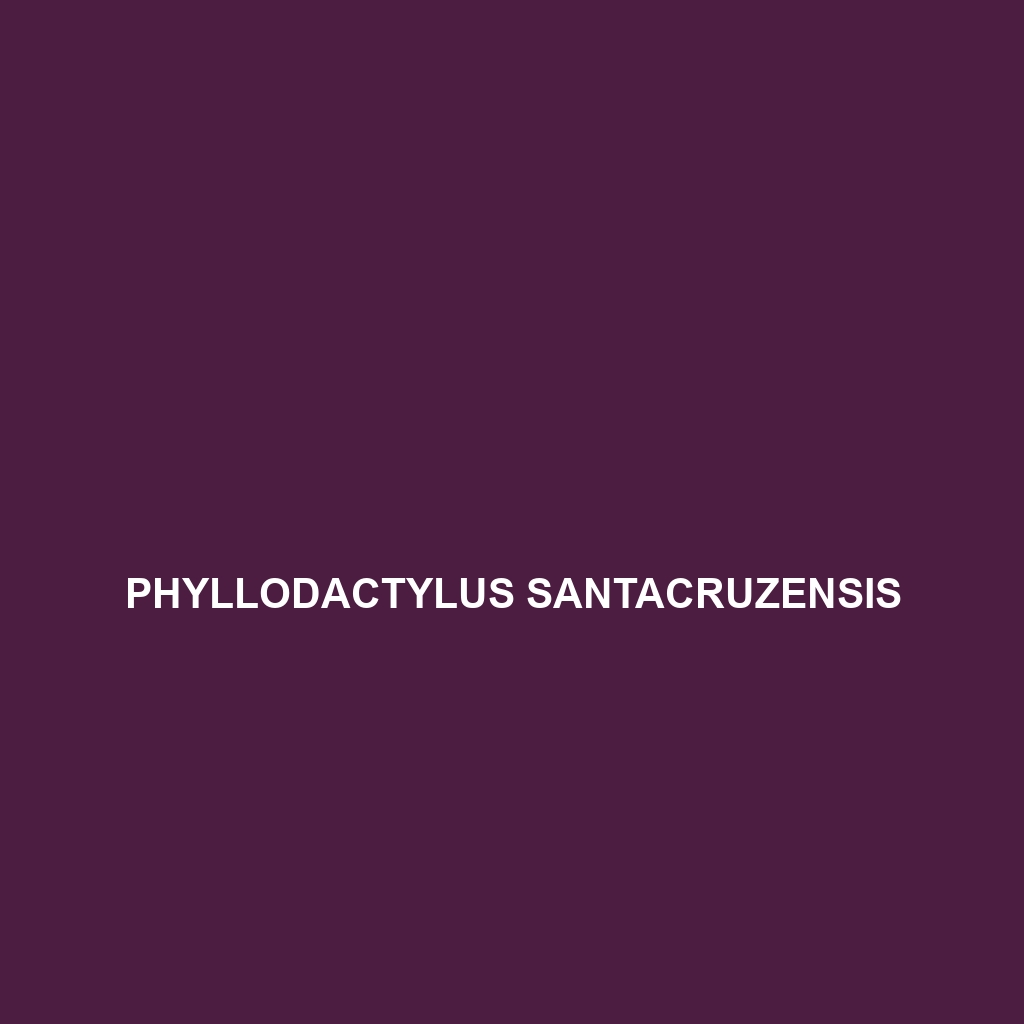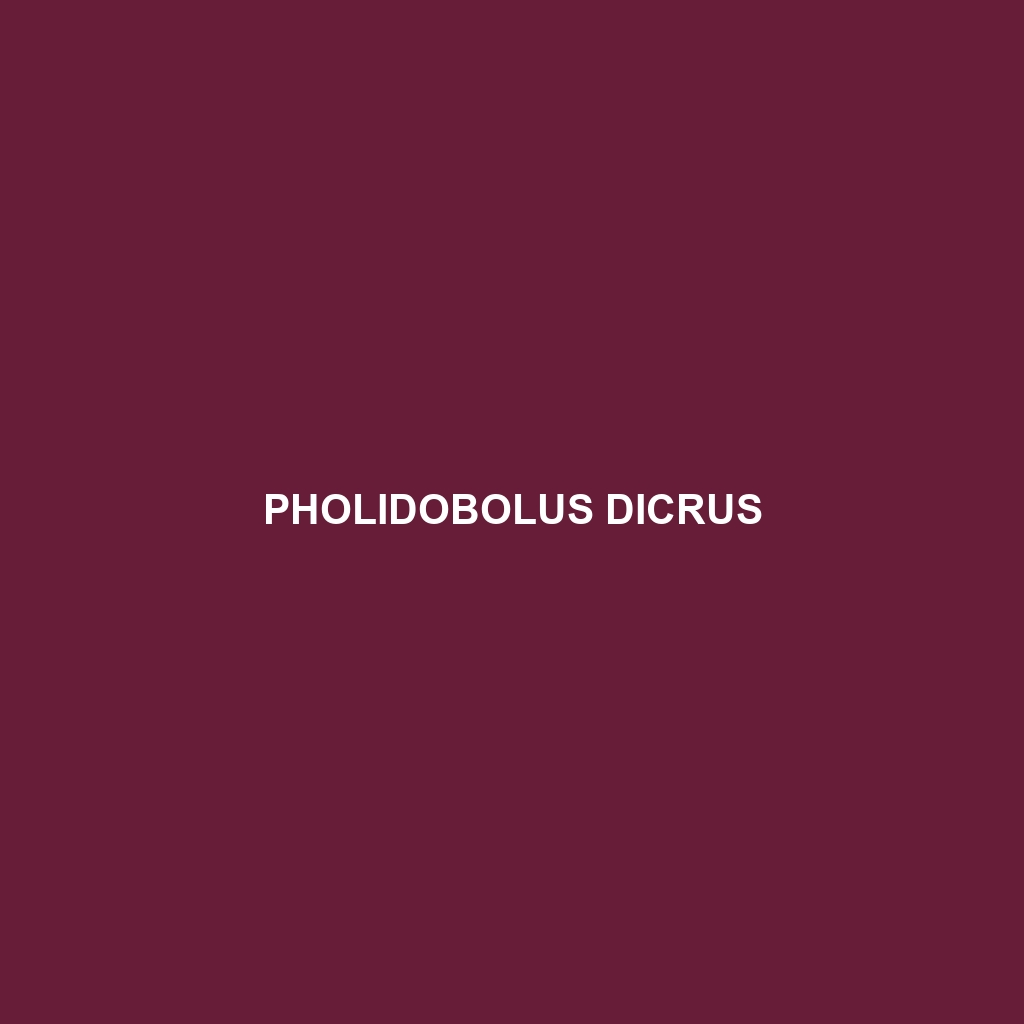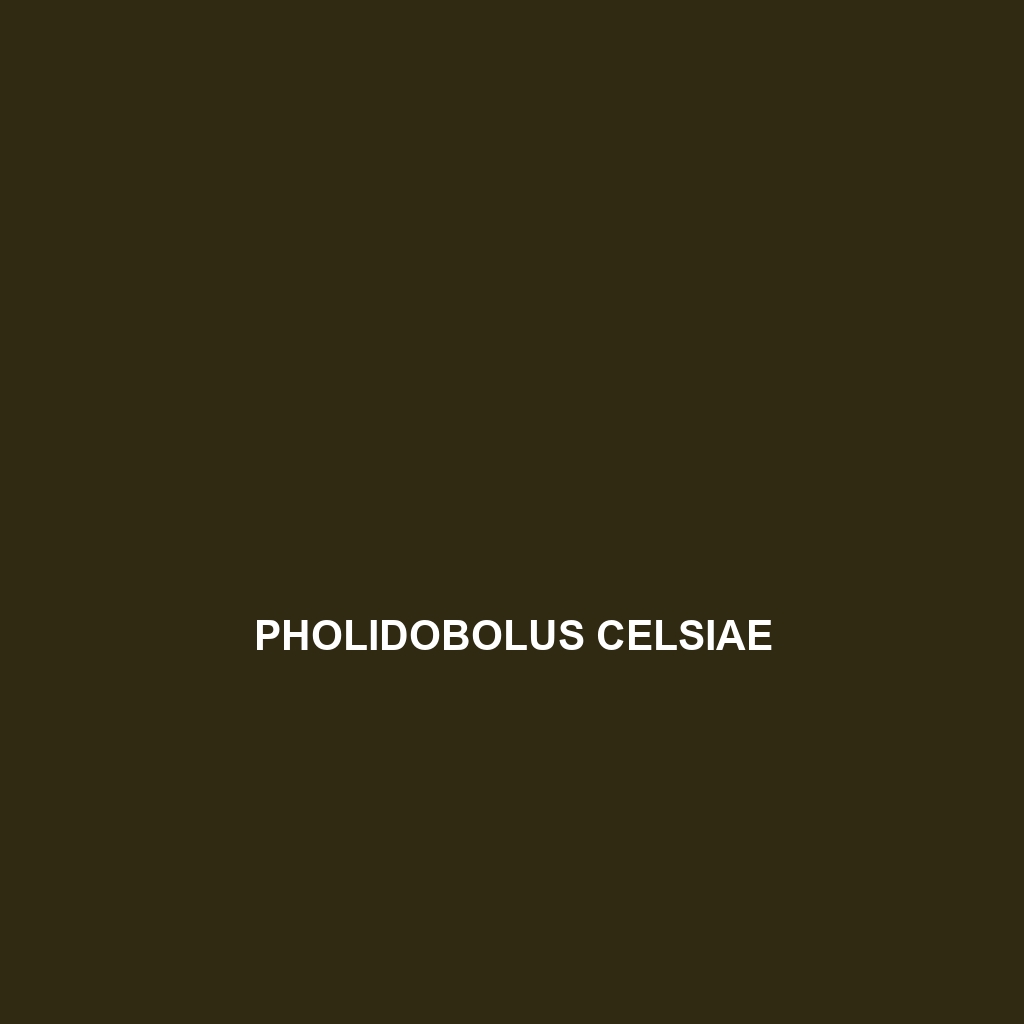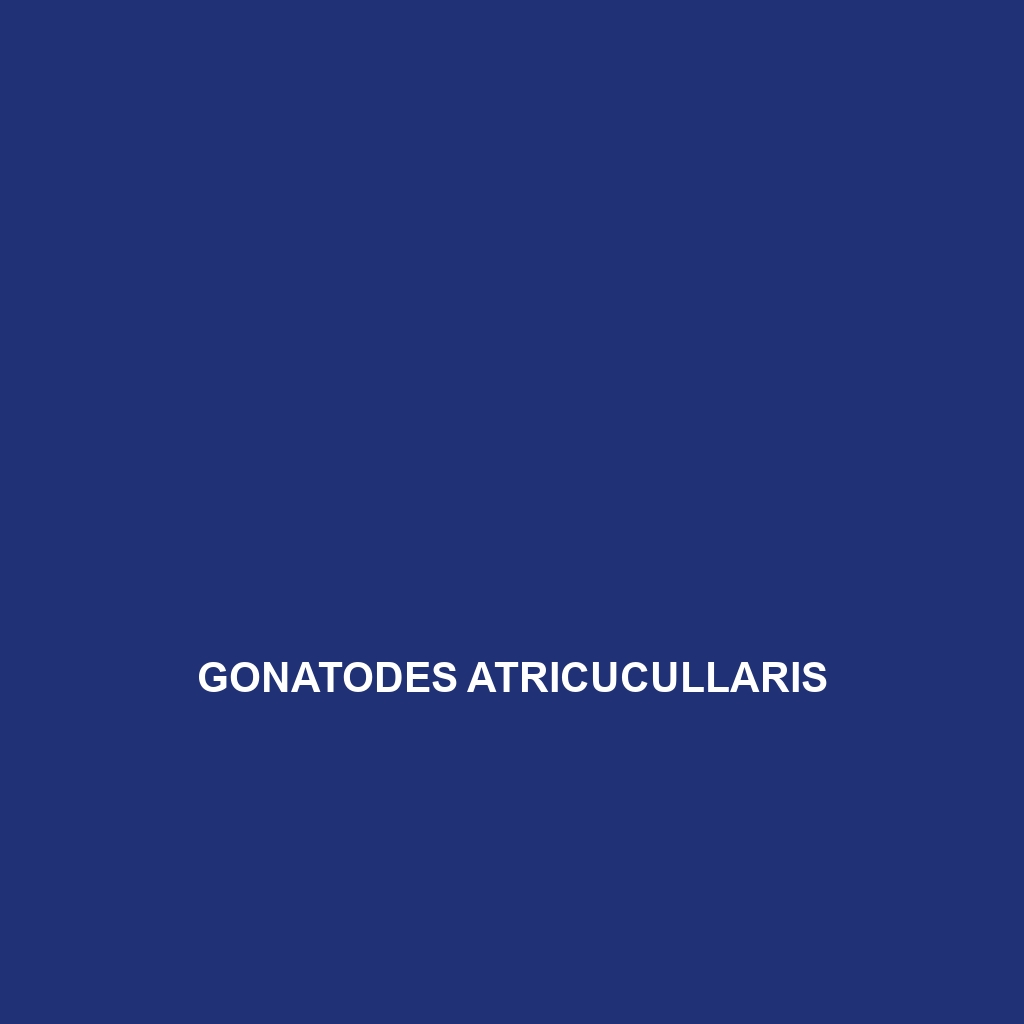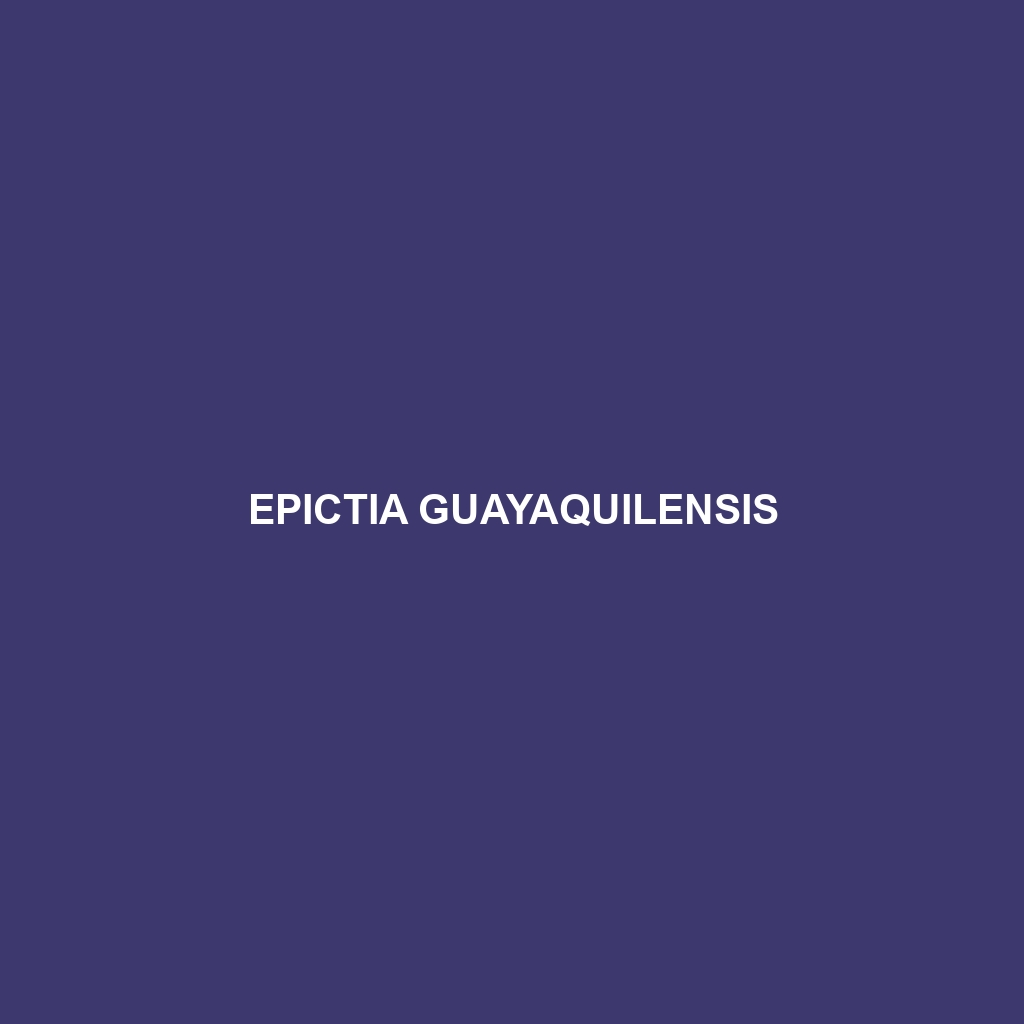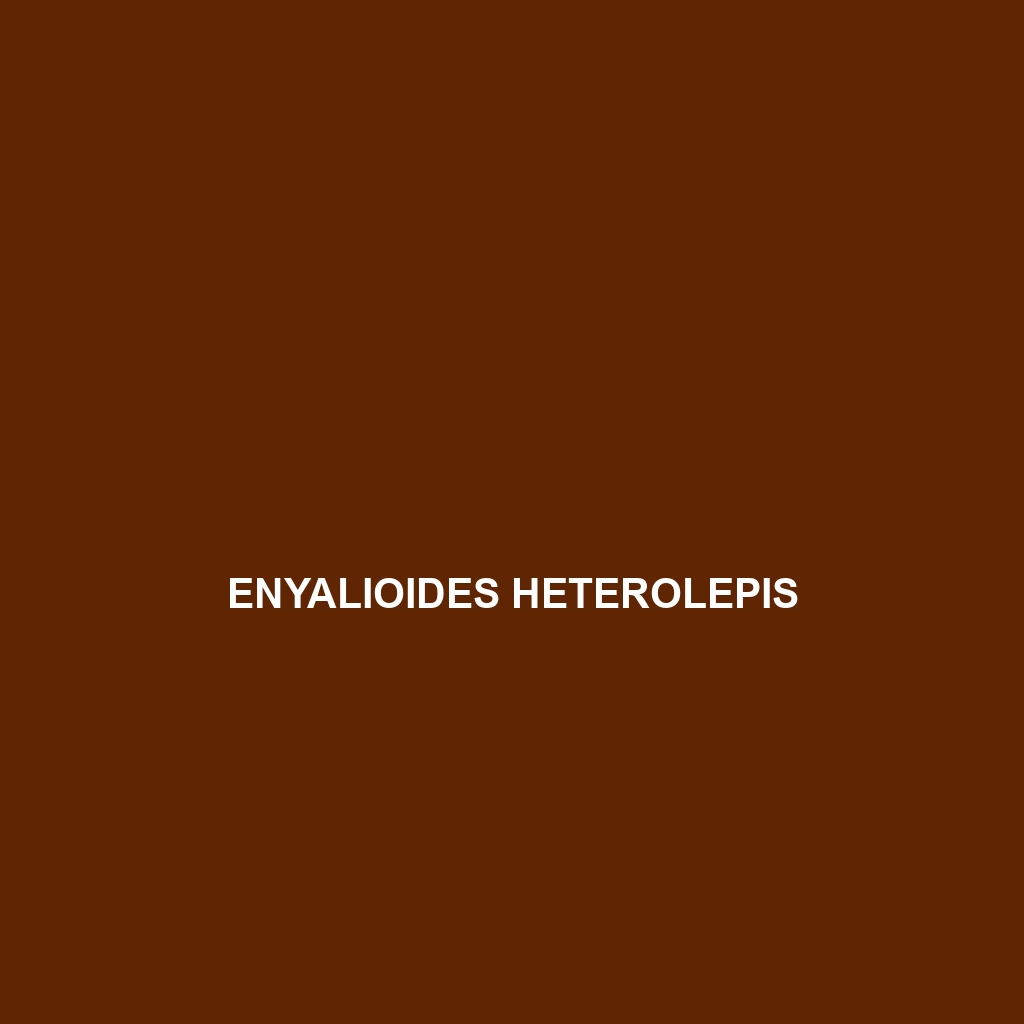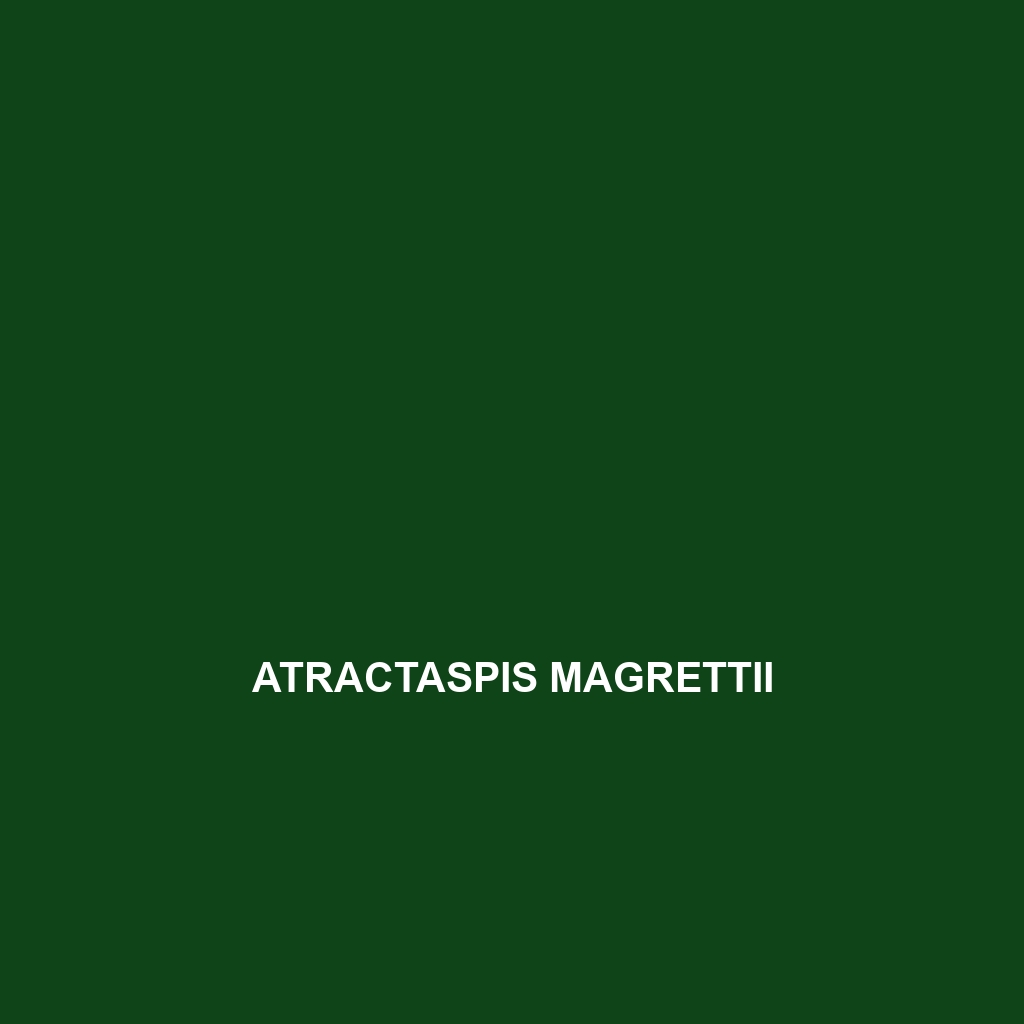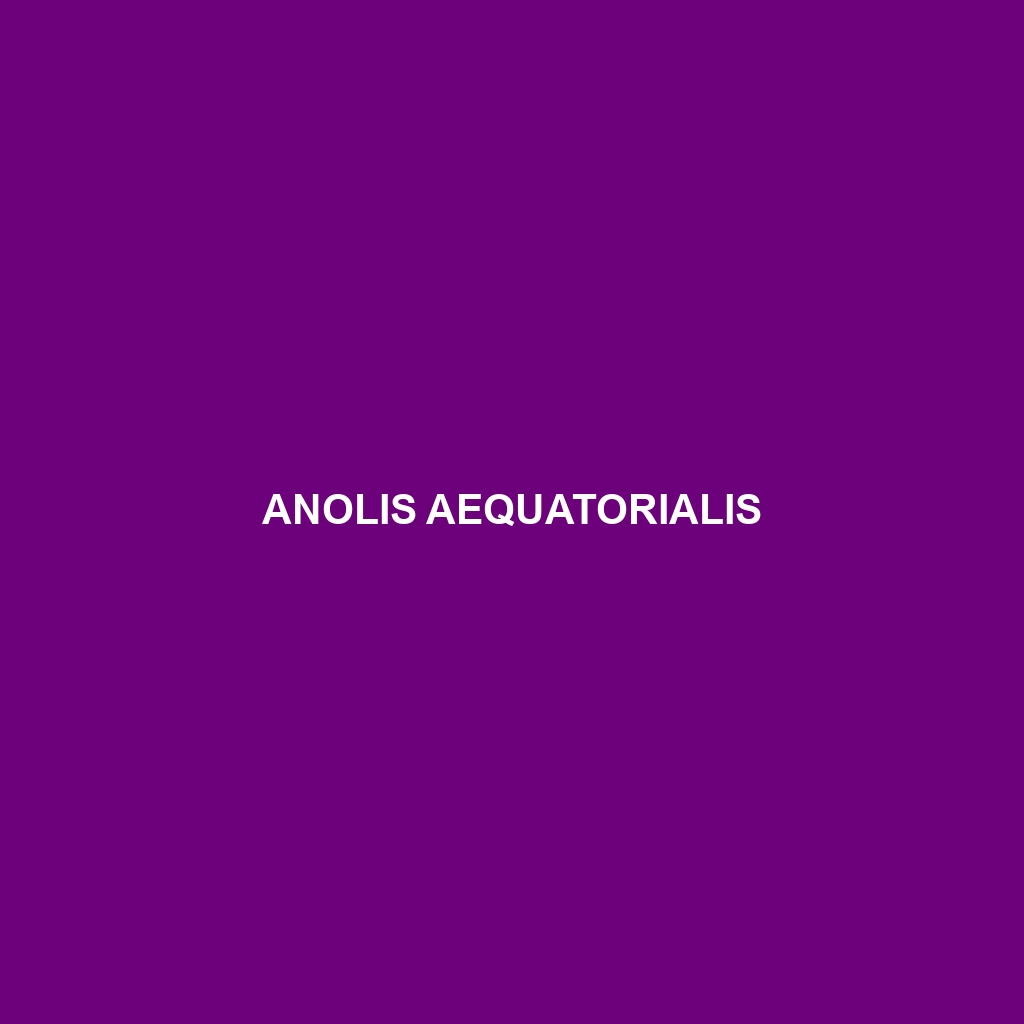Detailed Species Description: Stenocercus puyango Introduction Stenocercus puyango, commonly known as the Puyango spiny lizard, is a fascinating reptile that belongs to the family Iguanidae. This species is endemic to the southwestern region of Ecuador, particularly within the semi-arid areas surrounding the Puyango River. What makes Stenocercus puyango particularly engaging is its unique adaptations to […]
Tag: biodiversity in Ecuador
Phyllodactylus santacruzensis
Introducing the Phyllodactylus santacruzensis, a small to medium-sized gecko native to the Santa Cruz region of Ecuador, thriving in warm, humid tropical rainforests and savannas. Known for its impressive camouflage and nocturnal hunting behavior, this insectivorous species plays a vital role in maintaining ecological balance while facing threats from habitat loss.
Pholidobolus dicrus
The Pholidobolus dicrus, also known as the Ecuadorian diurnal lizard, is a vibrant insectivore commonly found in the humid montane forests of Ecuador and Colombia, recognized for its elongated body, smooth scales, and remarkable ability to adapt its coloration for camouflage. This species plays a critical role in its ecosystem by controlling insect populations and acting as a seed disperser.
Pholidobolus celsiae
Discover the Pholidobolus celsiae, a striking insectivorous lizard native to the humid Ecuadorian Andes, featuring vibrant colors and exceptional climbing abilities. This vulnerable species plays a critical role in controlling insect populations and maintaining ecological balance in its montane forest habitat.
Gonatodes atricucullaris
Discover the Gonatodes atricucullaris, or Black-capped Dwarf Gecko, a small, nocturnal lizard thriving in the humid rainforests of Colombia and Ecuador, recognized for its distinctive dark cap and vibrant coloration. This agile insectivore plays a crucial role in its ecosystem by controlling insect populations and serving as prey for larger predators.
Epictia guayaquilensis
<b>Epictia guayaquilensis</b> is a slender, nocturnal snake native to Ecuador's coastal regions, thriving in tropical rainforests and mangrove forests. As an insectivore, it plays a crucial role in controlling pest populations while exhibiting remarkable camouflage and unique behaviors in its natural habitat.
Enyalioides groi
<b>Enyalioides groi</b>, a vulnerable species native to the tropical rainforests of eastern Ecuador, thrives in humid, shaded environments and showcases vibrant colors for camouflage. These arboreal lizards primarily feed on insects and play a crucial role in regulating insect populations within their ecosystem.
Anolis aequatorialis
Anolis aequatorialis, commonly found in Ecuador and Colombia's tropical forests, is a vibrant lizard measuring 6 to 8 cm that exhibits territorial behavior, primarily feeds on insects, and plays a vital role in its ecosystem. Currently classified as 'Vulnerable', this species is distinguished by its remarkable adaptability and striking color variations.

